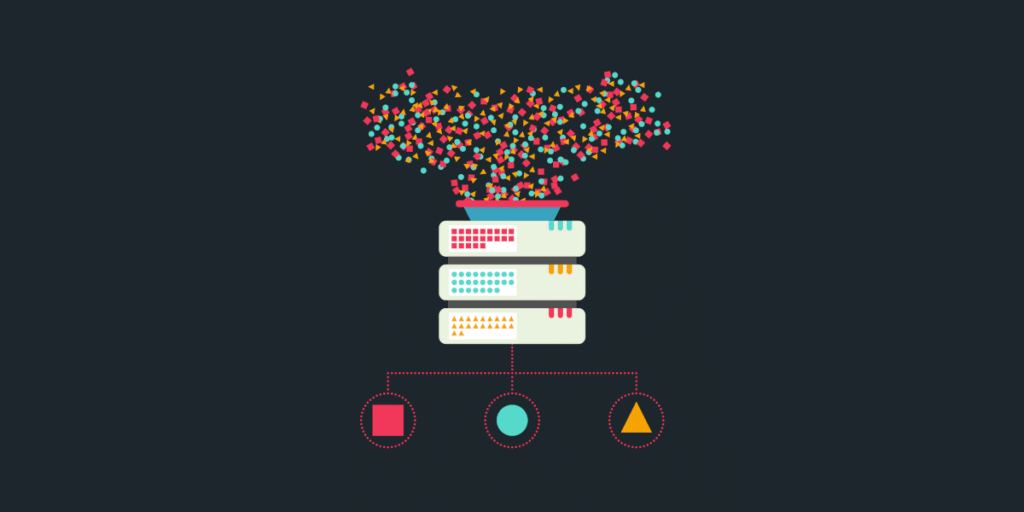Imagine a detective solving mysteries not by gathering every possible clue but by trusting a simple rule of logic. He doesn’t see the whole picture; instead, he works with fragments, assuming each piece of evidence is independent. Strangely enough, this detective often gets the correct answer. That detective represents the spirit of the Naïve Bayes Classifier an algorithm that thrives on simplicity while making surprisingly accurate predictions.
In a world where Artificial Intelligence is often associated with deep neural networks and complex architectures, Naïve Bayes reminds us that brilliance sometimes lies in the basics. Learners enrolled in an Artificial Intelligence course in Delhi quickly discover how this humble model continues to power spam filters, sentiment analysers, and recommendation engines even today.
The Logic Behind the Magic
At the heart of Naïve Bayes lies Bayes’ theorem a mathematical formula that measures how likely something is, given prior knowledge. Think of it as a weather forecast. If it’s cloudy, you might predict rain. But if you also know that clouds don’t always lead to rain, you adjust your prediction accordingly. Naïve Bayes automates this logic.
What makes it “naïve” is its bold assumption: that all features are independent. In reality, few things in life or data truly are. For instance, the words “free” and “offer” often appear together in spam emails, making them dependent. Yet, Naïve Bayes assumes they aren’t. Surprisingly, despite this unrealistic assumption, the model performs exceptionally well. This paradox between simplicity and effectiveness is what makes it so enduring and elegant.
A Probabilistic Storyteller
Consider a library trying to classify books automatically. One shelf holds romance novels, another contains thrillers. The algorithm looks at each book’s words “love,” “murder,” “escape” and calculates the probability that the book belongs to each genre. If the word “love” appears more often in romance novels than in thrillers, the algorithm assigns a higher probability to romance.
It doesn’t read the story, interpret the tone, or infer deeper meaning; it simply counts, compares, and predicts. Yet, this mechanical act of probability often mirrors human intuition. When you read a message filled with exclamation marks and emojis, you probably assume it’s cheerful. The Naïve Bayes classifier does the same, but with mathematics as its compass.
For learners exploring models in an Artificial Intelligence course in Delhi, this is a perfect gateway into understanding how probabilistic thinking drives machine intelligence where uncertainty isn’t a problem but a key ingredient for learning.
Why Simplicity Wins
In the age of deep learning, Naïve Bayes may seem outdated. But in truth, it’s a model that thrives where others stumble. It trains quickly, handles vast text datasets effortlessly, and performs remarkably well even with limited data. It’s like the reliable old bicycle that gets you where you need to go while others wait for their electric scooters to charge.
Its computational efficiency makes it a favourite for real-time systems like email filtering and document categorisation. Start-ups, especially those without the luxury of high-end GPUs, often deploy Naïve Bayes as their first line of intelligence. The model proves that innovation doesn’t always mean complexity it can mean refining the simple until it becomes powerful.
When the Assumptions Crack
Of course, the word “naïve” is there for a reason. Assuming independence between variables can backfire in specific datasets. If two attributes are strongly correlated say, “discount” and “sale” in product descriptions the classifier may misjudge their combined influence. Similarly, in medical diagnosis data, where symptoms often overlap, more sophisticated models may outperform Naïve Bayes.
However, even when wrong in theory, it’s often right in practice. Its errors are predictable, manageable, and transparent qualities rare in black-box models. This interpretability makes it an invaluable teaching tool and a dependable baseline for evaluating more complex algorithms. It’s like a seasoned chess player who doesn’t see every future move but has mastered the fundamentals so deeply that intuition guides success.
From Classrooms to Real-World Use
The Naïve Bayes classifier might begin as a classroom exercise, but its influence stretches far beyond academia. It’s at the core of spam filters that decide whether your inbox stays clean, sentiment analysis tools that gauge public opinion, and even medical diagnostic systems that estimate disease probabilities.
Its resilience and adaptability make it ideal for rapid experimentation and prototyping. Professionals trained through structured modules like those in an Artificial Intelligence course in Delhi often use Naïve Bayes as their introduction to the probabilistic side of AI. By working hands-on with datasets, they learn to appreciate how probability can replace brute computational force with intelligent estimation.
Conclusion
Naïve Bayes may seem like a relic of AI’s early days, but it continues to whisper an important truth: the power of simplicity. In a landscape crowded with towering neural networks and endless parameters, this modest algorithm reminds us that understanding uncertainty can be just as transformative as mastering complexity.
Like our metaphorical detective, Naïve Bayes doesn’t need to know every secret to solve the mystery it just needs the right clues and a sound probabilistic mind. And that’s a lesson not just in machine learning, but in life: sometimes, the most straightforward path leads to the most reliable answers.




